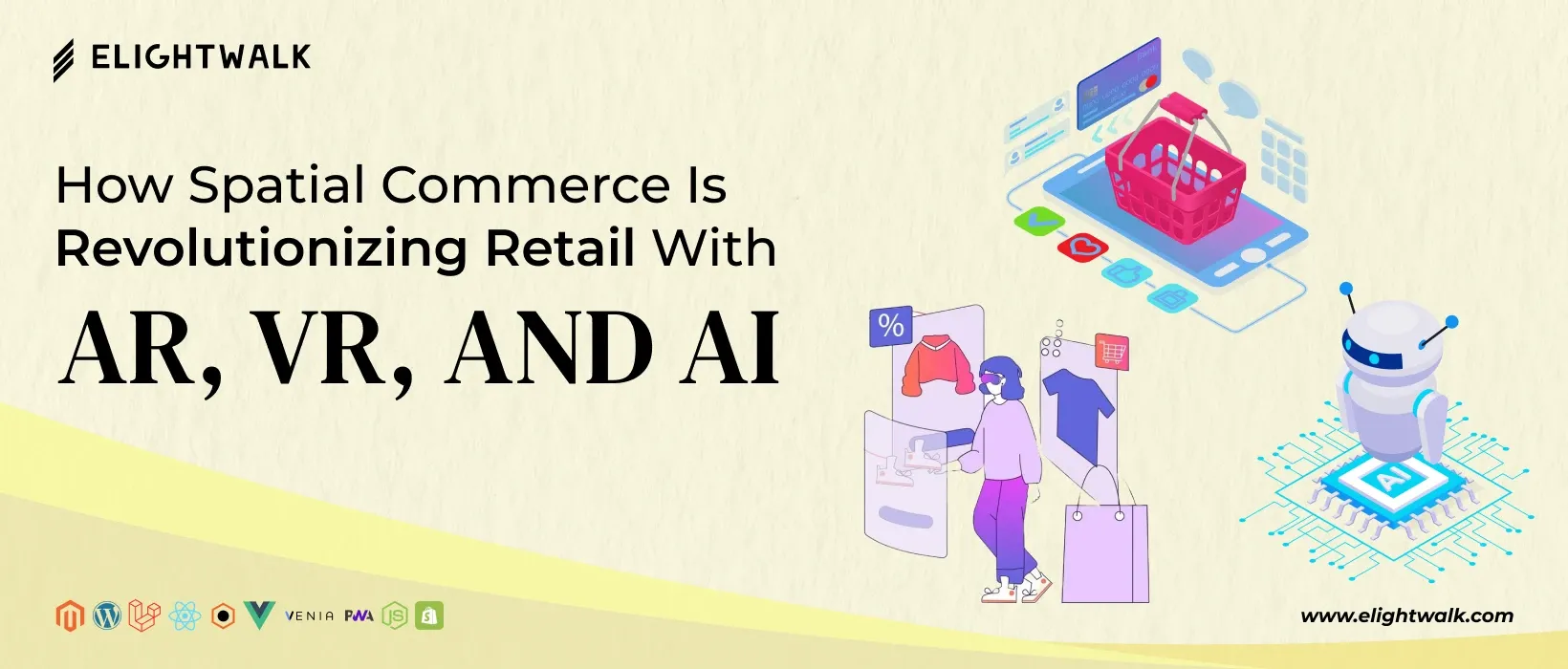With spatial commerce, you don't go online and check a virtual reality store. Instead, you are physically there as well. Now you can visit the furniture store, browse the furniture section, and get everything you need without leaving your house. This is the most advanced technology, an evolution of the retail space, and it is through virtual reality (VR), augmented reality (AR), spatial computing, and artificial intelligence (AI) that retailing has become significantly more interactive for buyers.
Spatial commerce has captured the attention of many in the retail industry because it has arrived at the right time, particularly amid the COVID-19 pandemic, which has led to a decline in in-store shopping. Some new features of this new commerce include browsing through a showroom without being physically present, receiving product recommendations based on their location, and other technologies that facilitate product discovery, price comparison, and even purchase.
Coming up next, I would like to delve into what is meant by spatial commerce, why it is a pressing issue, the latest improvements being made in this area, and what the shopping experience will be like in 2025, which is creating this significant shift.



